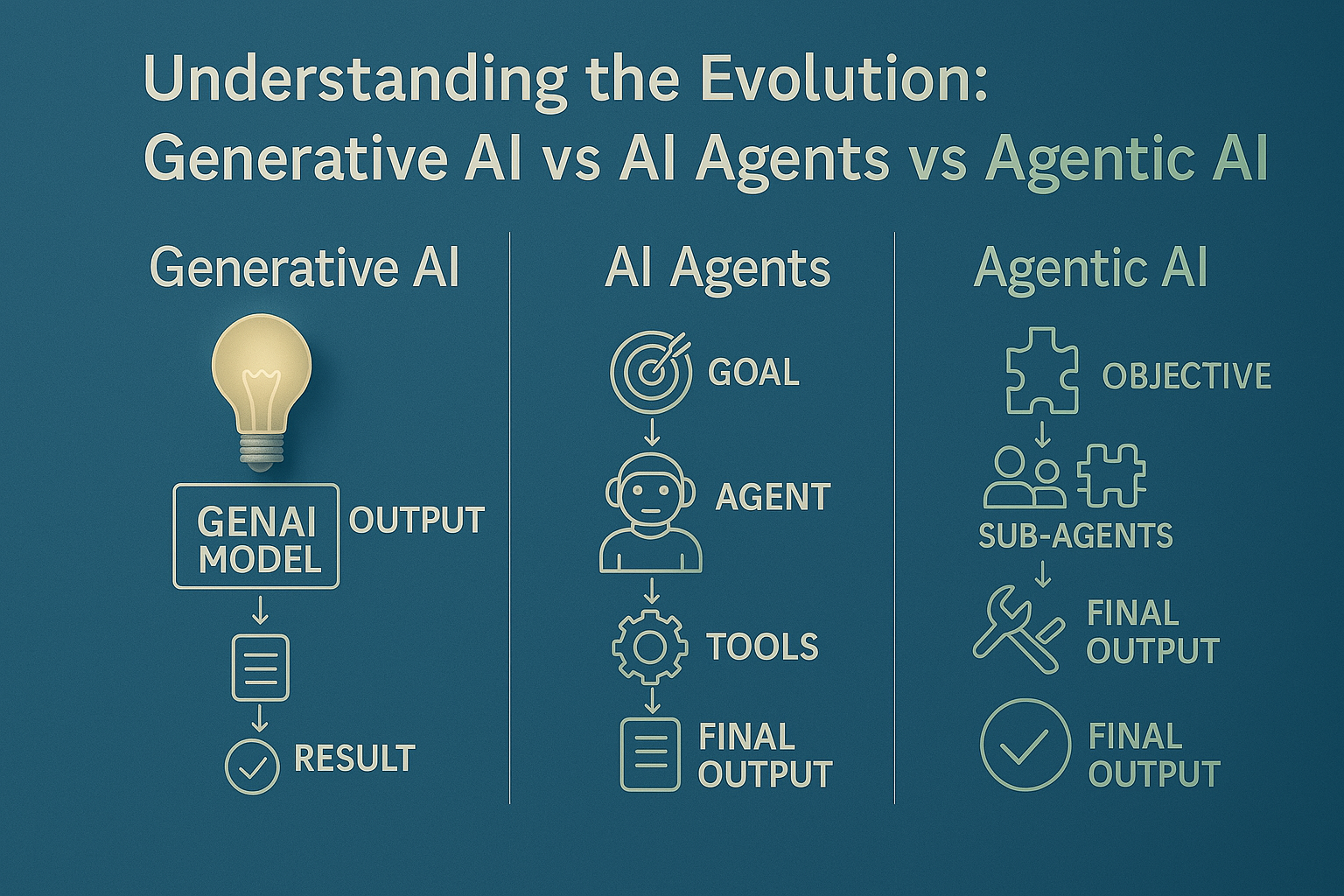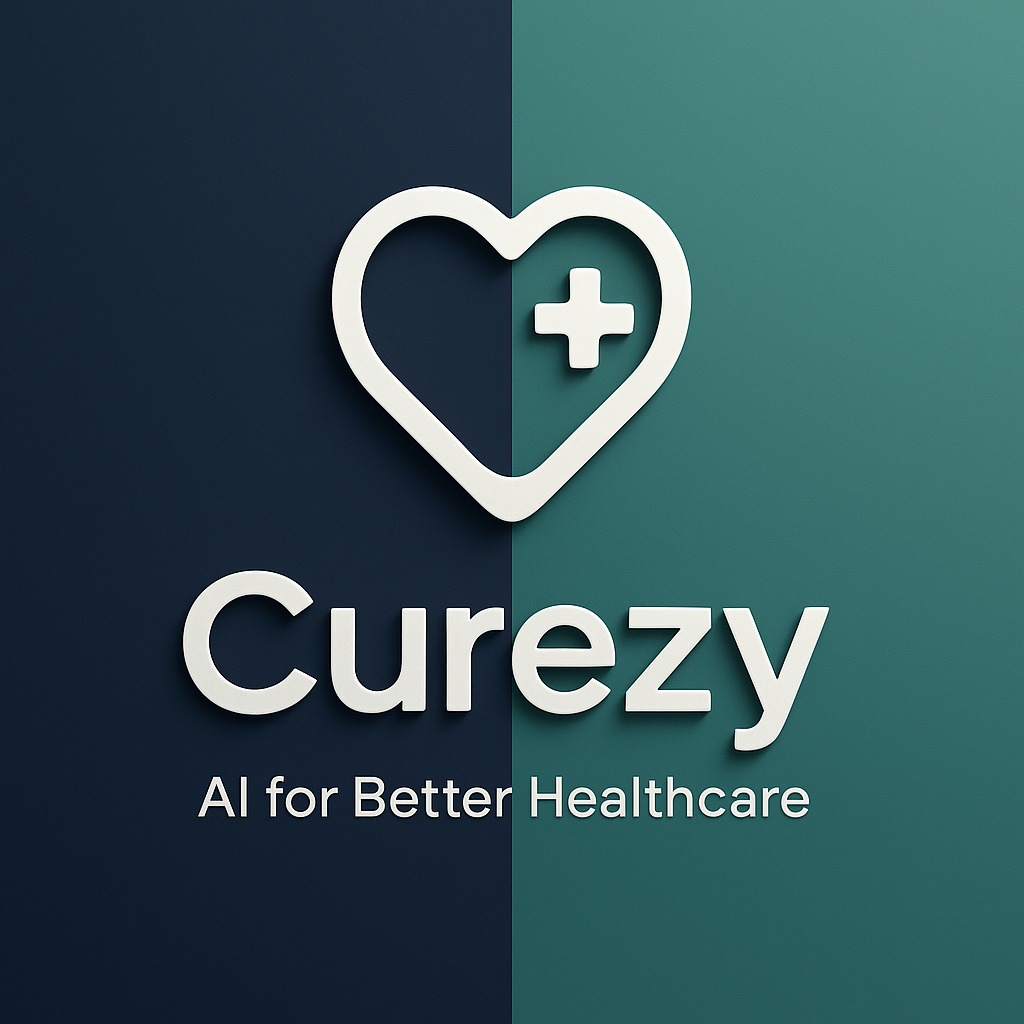Back
AIGuts
Exploring AI's poten... • 7m
What’s the Difference Between Agentic AI and Generative AI? As artificial intelligence advances in complexity and capability, two major branches—Agentic AI and Generative AI—are beginning to shape distinct roles in technology and society. This guide breaks down Agentic AI vs Generative AI examples, helping you clearly understand how each type operates, what problems they solve, and why their differences matter in real-world applications. Agentic AI refers to systems capable of goal-setting, AI task planning, and taking autonomous actions based on their environment—making decisions and adapting behaviors to achieve outcomes. In contrast, Generative AI focuses on producing content, such as text, code, images, and audio, without pursuing long-term goals or autonomy. Think ChatGPT and Midjourney versus AI agents in robotics or workflow automation. We also explore how AI autonomy and control are central to agentic systems, while Generative AI is often more reactive and limited in scope. The post dives into agentic vs reactive AI distinctions and how AI behavior modeling plays a role in defining the intelligence and responsibility of these systems. Whether you’re an AI researcher, business strategist, or curious learner, understanding these concepts is key to navigating the future of artificial intelligence in 2025 and beyond. Learn how these evolving AI types complement each other—and where their limitations begin.
Replies (1)
More like this
Recommendations from Medial
Ashish Bhat
Founder @ Hueman AI ... • 8m
Understanding the Evolution of AI: From Generative to Agentic Intelligence As AI continues to transform industries, it’s crucial to understand the distinct layers in its evolution: 1. Generative AI At its core, Generative AI (like ChatGPT or Midjou
See More
Download the medial app to read full posts, comements and news.




























